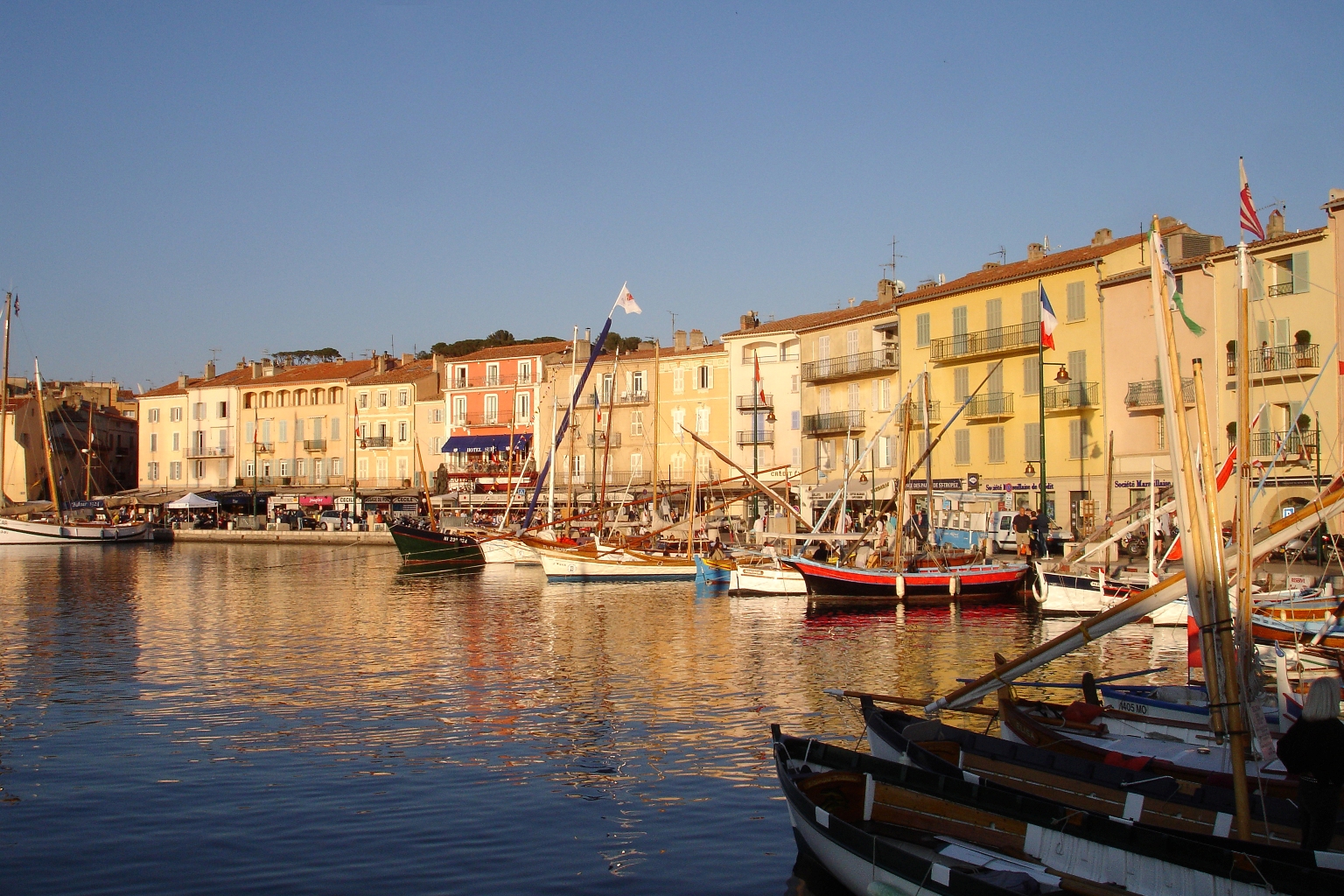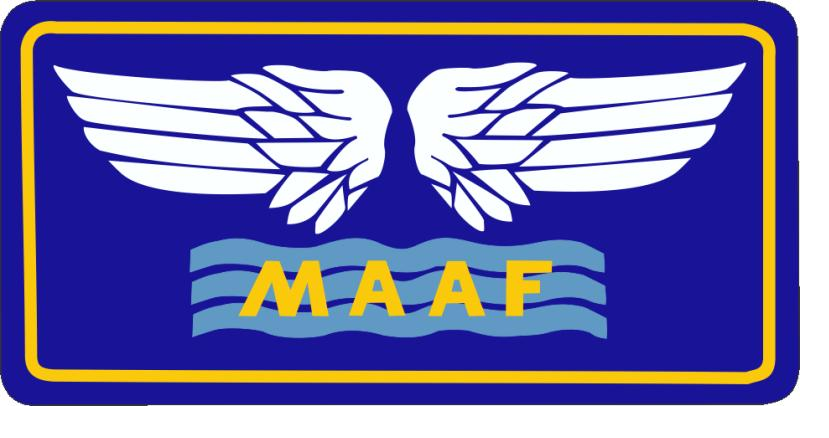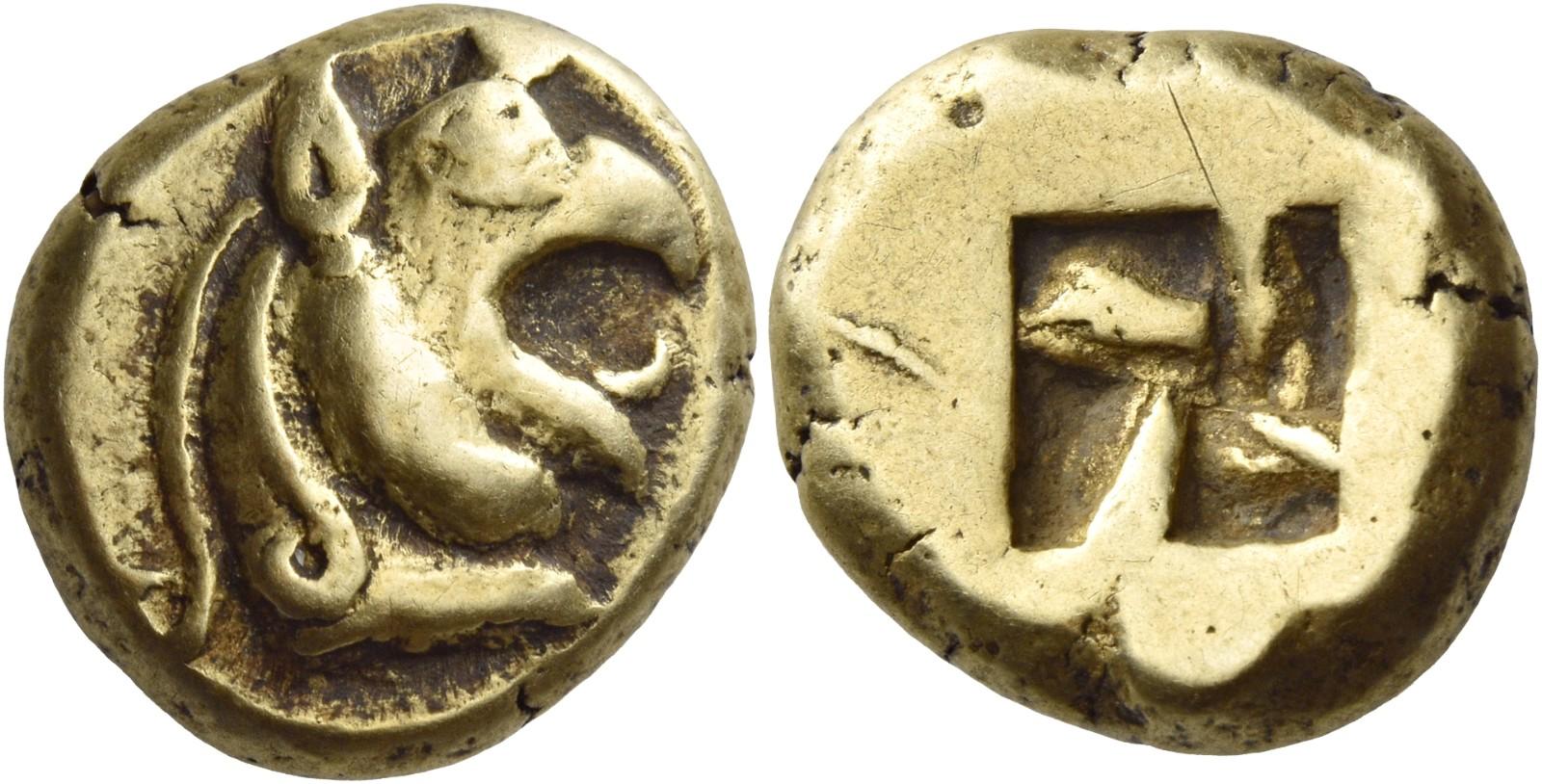|
Saint-Tropez - Vue Aérienne (3)
Saint-Tropez ( , ; ) is a Communes of France, commune in the Var (department), Var departments of France, department and the regions of France, region of Provence-Alpes-Côte d'Azur, Southern France. It is west of Nice and east of Marseille, on the French Riviera, of which it is one of the best-known towns. In 2018, Saint-Tropez had a population of 4,103. The adjacent narrow body of water is the Gulf of Saint-Tropez (French: ''Golfe de Saint-Tropez''), stretching to Sainte-Maxime to the north under the Massif des Maures. Saint-Tropez was a military stronghold and fishing village until the beginning of the 20th century. It was the first town on its coast to be liberated during World War II as part of Operation Dragoon. After the war, it became an internationally known seaside resort, renowned principally because of the influx of artists of the French New Wave in cinema and the Yé-yé movement in music. It later became a resort for the European and American jet set and tourists. ... [...More Info...] [...Related Items...] OR: [Wikipedia] [Google] [Baidu] |
Communes Of France
A () is a level of administrative divisions of France, administrative division in the France, French Republic. French are analogous to civil townships and incorporated municipality, municipalities in Canada and the United States; ' in Germany; ' in Italy; ' in Spain; or civil parishes in the United Kingdom. are based on historical geographic communities or villages and are vested with significant powers to manage the populations and land of the geographic area covered. The are the fourth-level administrative divisions of France. vary widely in size and area, from large sprawling cities with millions of inhabitants like Paris, to small hamlet (place), hamlets with only a handful of inhabitants. typically are based on pre-existing villages and facilitate local governance. All have names, but not all named geographic areas or groups of people residing together are ( or ), the difference residing in the lack of administrative powers. Except for the Municipal arrondissem ... [...More Info...] [...Related Items...] OR: [Wikipedia] [Google] [Baidu] |
Operation Dragoon
Operation Dragoon (initially Operation Anvil), known as Débarquement de Provence in French ("Provence Landing"), was the code name for the landing operation of the Allies of World War II, Allied invasion of Provence (Southern France) on 15August 1944. Although initially designed to be executed in conjunction with Operation Overlord, the June 1944 Normandy landings, Allied landing in Normandy, the lack of enough resources led to the cancellation of the second landing. By July 1944 the landing was reconsidered, as the clogged-up ports in Normandy did not have the capacity adequately to supply the Allied forces. Concurrently, the high command of the French Liberation Army pushed for a revival of the operation, which would involve large numbers of French troops. As a result, the operation was finally approved in July to be executed in August. The invasion sought to secure the vital ports on the French Mediterranean coast and increase pressure on the German forces by opening another ... [...More Info...] [...Related Items...] OR: [Wikipedia] [Google] [Baidu] |
Martyr
A martyr (, ''mártys'', 'witness' Word stem, stem , ''martyr-'') is someone who suffers persecution and death for advocating, renouncing, or refusing to renounce or advocate, a religious belief or other cause as demanded by an external party. In colloquial usage, the term can also refer to any person who suffers a significant consequence in protest or support of a cause. In the martyrdom narrative of the remembering community, this refusal to comply with the presented demands results in the punishment or execution of an individual by an oppressor. Accordingly, the status of the 'martyr' can be considered a posthumous title as a reward for those who are considered worthy of the concept of martyrdom by the living, regardless of any attempts by the deceased to control how they will be remembered in advance. Insofar, the martyr is a relational figure of a society's boundary work that is produced by collective memory. Originally applied only to those who suffered for their religious b ... [...More Info...] [...Related Items...] OR: [Wikipedia] [Google] [Baidu] |
Les Issambres
Les Issambres () is a French village on the coastline along the Bay of Saint Tropez, between the Mediterranean and the wooded hills of the Massif des Maures. History This seaside and holiday destination of the commune of Roquebrune-sur-Argens, France, stretches along eight kiliometers of inlets and fine sandy beaches. Its incarnation as a resort took place in the 1930s with the development of the ''Hotel La Résidence'' (now named ''Hôtel club Vacanciel des Issambres'') above ''La Garonette Beach''. Clearly visible from the sea, it is located in the ''Val d' Esquieres'', which ''Les Issambres'' shares with the commune of Sainte Maxime. Eastwards along the beach is a sailing center with boat rentals and a sailing school and protected boat harbor, with some marine shops, a dive center, and restaurants. A ferry (Les Bateaux Verts) takes passengers to the Sainte Maxime harbor or Saint Tropez. On August 15, 1944, the beaches of ''Saint Tropez, Sainte Maxime, ''and'' Les Issa ... [...More Info...] [...Related Items...] OR: [Wikipedia] [Google] [Baidu] |
Cavalaire-sur-Mer
Cavalaire-sur-Mer (, literally ''Cavalaire on Sea''; or simply ''Cavalaira'') is a commune in the Var department in the Provence-Alpes-Côte d'Azur region, southeastern France. History Cavalaire-sur-Mer is probably derived from an ancient Phoenician colony of the name of Heraclea Caccabaria. There are also remains of a Gallo-Roman occupation in Pardigon. The town was detached from Gassin in 1929. It is located on the route of the old railway Saint Raphael–Toulon (sometimes called Train Pignes), now defunct. The old railway line can still be seen throughout the town, with the old station situated near the harbour and now hosting a museum. During World War II, on August 16, 1944, it was one of the sites of a beach landing in Operation Dragoon, the Allied invasion of southern France. Every year, August 15 sees a parade of military vehicles and the reconstruction of a military camp. Its sister city is New Port Richey, Florida in the United States. Population See also * C ... [...More Info...] [...Related Items...] OR: [Wikipedia] [Google] [Baidu] |
Platanus
''Platanus'' ( ) is a genus consisting of a small number of tree species native to the Northern Hemisphere. They are the sole living members of the family Platanaceae. All mature members of ''Platanus'' are tall, reaching in height. The type species of the genus is the Oriental plane ''Platanus orientalis''. All except for ''Platanus kerrii, P. kerrii'' are deciduous, and most are found in riparian or other wetland habitat (ecology), habitats in the wild, though proving drought-tolerant in cultivation. The hybrid London plane (''Platanus × hispanica'') has proved particularly tolerant of urban conditions, and has been widely planted in London and elsewhere across the temperate world. They are often known in English as planes or plane trees. A formerly used name that is now rare is plantain tree (not to be confused with Plantain (other), other, unrelated, species with the name). Some North American species are called sycamores (especially ''Platanus occidentalis''), ... [...More Info...] [...Related Items...] OR: [Wikipedia] [Google] [Baidu] |
Pliny The Elder
Gaius Plinius Secundus (AD 23/24 79), known in English as Pliny the Elder ( ), was a Roman Empire, Roman author, Natural history, naturalist, and naval and army commander of the early Roman Empire, and a friend of the Roman emperor, emperor Vespasian. He wrote the encyclopedic (''Natural History''), a comprehensive thirty-seven-volume work covering a vast array of topics on human knowledge and the natural world, which became an editorial model for encyclopedias. He spent most of his spare time studying, writing, and investigating natural and geographic phenomena in the field. Among Pliny's greatest works was the twenty-volume ''Bella Germaniae'' ("The History of the German Wars"), which is Lost literary work, no longer extant. ''Bella Germaniae'', which began where Aufidius Bassus' ''Libri Belli Germanici'' ("The War with the Germans") left off, was used as a source by other prominent Roman historians, including Plutarch, Tacitus, and Suetonius. Tacitus may have used ''Bella Ger ... [...More Info...] [...Related Items...] OR: [Wikipedia] [Google] [Baidu] |
Ionia
Ionia ( ) was an ancient region encompassing the central part of the western coast of Anatolia. It consisted of the northernmost territories of the Ionian League of Greek settlements. Never a unified state, it was named after the Ionians who had settled in the region before the archaic period. Ionia proper comprised a narrow coastal strip from Phocaea in the north near the mouth of the river Hermus (now the Gediz), to Miletus in the south near the mouth of the river Maeander, and included the islands of Chios and Samos. It was bounded by Aeolia to the north, Lydia to the east and Caria to the south. The cities within the region figured significantly in the strife between the Persian Empire and the Greeks. Ionian cities were identified by mythic traditions of kinship and by their use of the Ionic dialect, but there was a core group of twelve Ionian cities that formed the Ionian League and had a shared sanctuary and festival at Panionion. These twelve cities were (from ... [...More Info...] [...Related Items...] OR: [Wikipedia] [Google] [Baidu] |
Phocaea
Phocaea or Phokaia (Ancient Greek language, Ancient Greek: Φώκαια, ''Phókaia''; modern-day Foça in Turkey) was an ancient Ionian Ancient Greece, Greek city on the western coast of Anatolia. Colonies in antiquity, Greek colonists from Phocaea founded the colony of Massalia (modern-day Marseille, in France) in 600 BC, Emporion (modern-day Empúries, in Catalonia, Spain) in 575 BC and Elea (modern-day Velia, in Campania, Italy) in 540 BC. Geography Phocaea was the northernmost of the Ionian cities, on the boundary with Aeolis. It was located near the mouth of the river Hermus (now Gediz River, Gediz), and situated on the coast of the peninsula separating the Gulf of Cyme (Aeolis), Cyme to the north, named for the largest of the Aeolis, Aeolian cities, and the Gulf of Smyrna (now İzmir) to the south. Phocaea had two natural harbours within close range of the settlement, both containing a number of small islands. Phocaea's harbours allowed it to develop a thriv ... [...More Info...] [...Related Items...] OR: [Wikipedia] [Google] [Baidu] |
Map Of St
A map is a symbolic depiction of interrelationships, commonly spatial, between things within a space. A map may be annotated with text and graphics. Like any graphic, a map may be fixed to paper or other durable media, or may be displayed on a transitory medium such as a computer screen. Some maps change interactively. Although maps are commonly used to depict geography, geographic elements, they may represent any space, real or fictional. The subject being mapped may be two-dimensional such as Earth's surface, three-dimensional such as Earth's interior, or from an abstract space of any dimension. Maps of geographic territory have a very long tradition and have existed from ancient times. The word "map" comes from the , wherein ''mappa'' meant 'napkin' or 'cloth' and ''mundi'' 'of the world'. Thus, "map" became a shortened term referring to a flat representation of Earth's surface. History Maps have been one of the most important human inventions for millennia, allowin ... [...More Info...] [...Related Items...] OR: [Wikipedia] [Google] [Baidu] |
Saint-Tropez - Vue Aérienne (3)
Saint-Tropez ( , ; ) is a Communes of France, commune in the Var (department), Var departments of France, department and the regions of France, region of Provence-Alpes-Côte d'Azur, Southern France. It is west of Nice and east of Marseille, on the French Riviera, of which it is one of the best-known towns. In 2018, Saint-Tropez had a population of 4,103. The adjacent narrow body of water is the Gulf of Saint-Tropez (French: ''Golfe de Saint-Tropez''), stretching to Sainte-Maxime to the north under the Massif des Maures. Saint-Tropez was a military stronghold and fishing village until the beginning of the 20th century. It was the first town on its coast to be liberated during World War II as part of Operation Dragoon. After the war, it became an internationally known seaside resort, renowned principally because of the influx of artists of the French New Wave in cinema and the Yé-yé movement in music. It later became a resort for the European and American jet set and tourists. ... [...More Info...] [...Related Items...] OR: [Wikipedia] [Google] [Baidu] |









